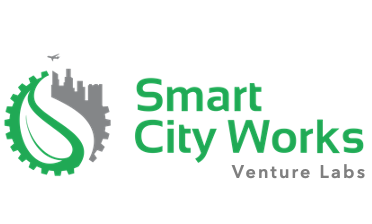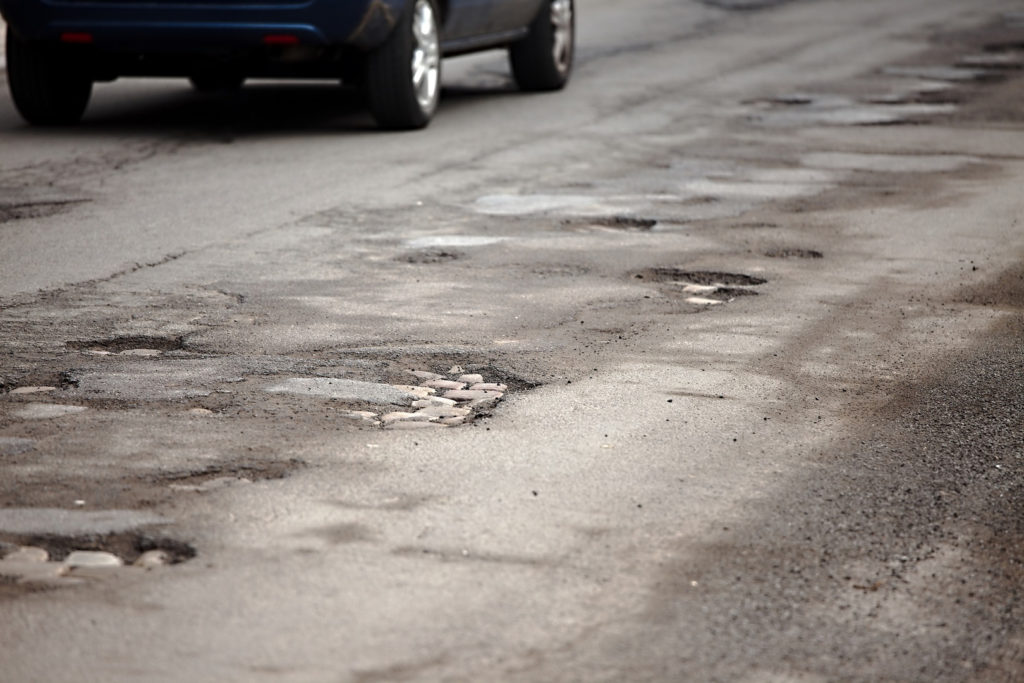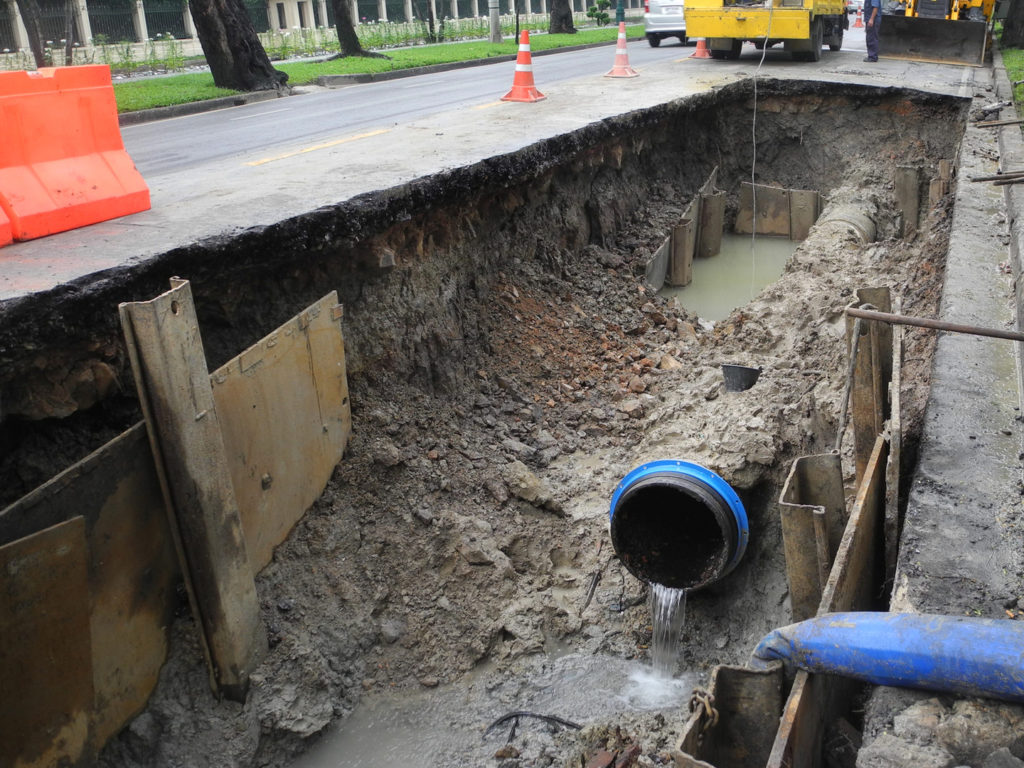At the same time, the infrastructure to support healthy and vibrant cities—our buildings, roads, water, energy, and transportation systems—is deteriorating, costly, and inefficient. The American Society of Civil Engineers in their 2013 Infrastructure Report Card gave the US infrastructure a grade of D+. In the United States, over $3.6 trillion in investments will be needed by 2020 to keep pace with current and expanding needs. And, according to McKinsey & Co., $57 trillion is needed in global infrastructure investment by 2030, just to keep up with the world’s GDP growth.
The problem is that simply adding more physical infrastructure won’t work, given challenges of limited investment and resources, diminishing space, energy use, and climate change. The world’s great cities—and the companies that help design, build, and maintain infrastructure—will need unprecedented innovation and investment to meet the demands over the coming decades. In short, we must find ways to safely build smarter, cheaper, and faster, as well as to significantly change the paradigm of how cities grow, are maintained, and operate.
With recent advances in materials science, sensors, and control systems, and the rise of connected devices and the internet-of-things, the potential for innovation in the urban and built environment is before us, but largely untapped. What is needed is a capacity to find and take the best ideas and rapidly commercialize new processes and innovations that, in the end, will help to make cities smarter, more livable, resilient, and sustainable in the years ahead.
What is needed is a way to more rapidly bring to life the most promising business ideas and companies and help meet the needs of 21st cities and their growing populations. What is needed is business acceleration for the built environment!







